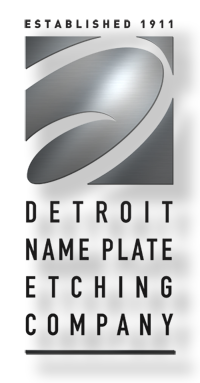Metalphoto, also called photosensitive aluminum, is a type of aluminum and process in which images can be printed onto the metal as easily as paper. The image produced is ultra high-definition and sits below the protective (anodized) layer, providing extreme durability.
The History
Type 1 photosensitive aluminum was first developed in 1950 by Horizons Research Inc. By 1965, it qualified for federal use, and has since been used for labels that need staying power. For example, Metalphoto is used for barcode labels by the U.S. Military and inventory labels on the International Space Station.
The Process
The details of Metalphoto processing are quite involved and require technical training to complete. This explanation of the process is a basic one, although we welcome you to contact us if you would like more information.
Metalphoto aluminum is processed in a similar fashion to black and white photography. The anodized aluminum is unsealed and therefore has open pores that can be developed, just as photography is, using silver compounds and an image negative. After the aluminum is exposed to light and the positive image is transferred, the metal is sealed with deionized water and a sealing additive, closing the pores of the aluminum and securing the image.
When to Use Metalphoto
Metalphoto is an excellent choice for signs and labels that require extreme durability and readability. For example:
- Identification tags
- Inventory barcodes
- Control panel labels
- QR codes
- Signs and labels that are exposed to the elements
Metalphoto is utilized in nearly every federal and private industry. This includes use in hospitals, for architectural signage, on HVAC systems, and more.
If you would like to learn more about the Metalphoto product and its processing, we invite you to contact us at Detroit Nameplate Etching Company.
